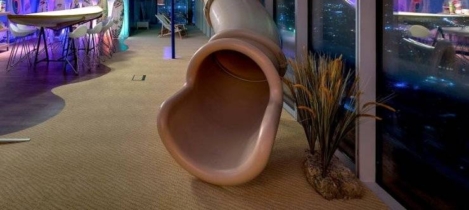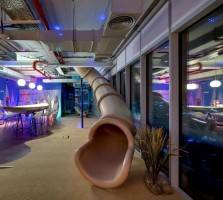January 20, 2016
Number of smart cities worldwide jumps 40 percent in past two years 0
![]() According to a new report from Navigant Research, the total number of identified smart city projects worldwide has grown from 170 in the third quarter of 2013 to 235 today. The report examines the current state of global smart city development, covering the related aspects of the smart energy, smart water, smart transportation, smart buildings, and smart governments sectors, segmented by region. The authors of the report claim that, as the benefits of smart cities become clearer, the number of projects and partnerships supporting the cause is rapidly increasing. In the last few years, city leaders, central government ministries, and technology and service suppliers have announced a range of new smart city initiatives, incentives, and product and service offerings, while more cities are moving from one specific technology interest to a broader range of solutions that have multiple applications.
According to a new report from Navigant Research, the total number of identified smart city projects worldwide has grown from 170 in the third quarter of 2013 to 235 today. The report examines the current state of global smart city development, covering the related aspects of the smart energy, smart water, smart transportation, smart buildings, and smart governments sectors, segmented by region. The authors of the report claim that, as the benefits of smart cities become clearer, the number of projects and partnerships supporting the cause is rapidly increasing. In the last few years, city leaders, central government ministries, and technology and service suppliers have announced a range of new smart city initiatives, incentives, and product and service offerings, while more cities are moving from one specific technology interest to a broader range of solutions that have multiple applications.



















 According to an analysis of the just-released 2014 American Community Survey (ACS) conducted by
According to an analysis of the just-released 2014 American Community Survey (ACS) conducted by 













January 12, 2016
A cynic’s field guide to workplace terminology, part three 0
by Simon Heath • Comment, Facilities management, Technology, Workplace, Workplace design
More →